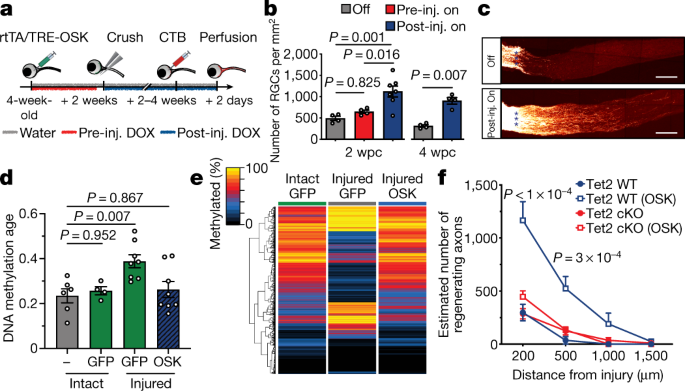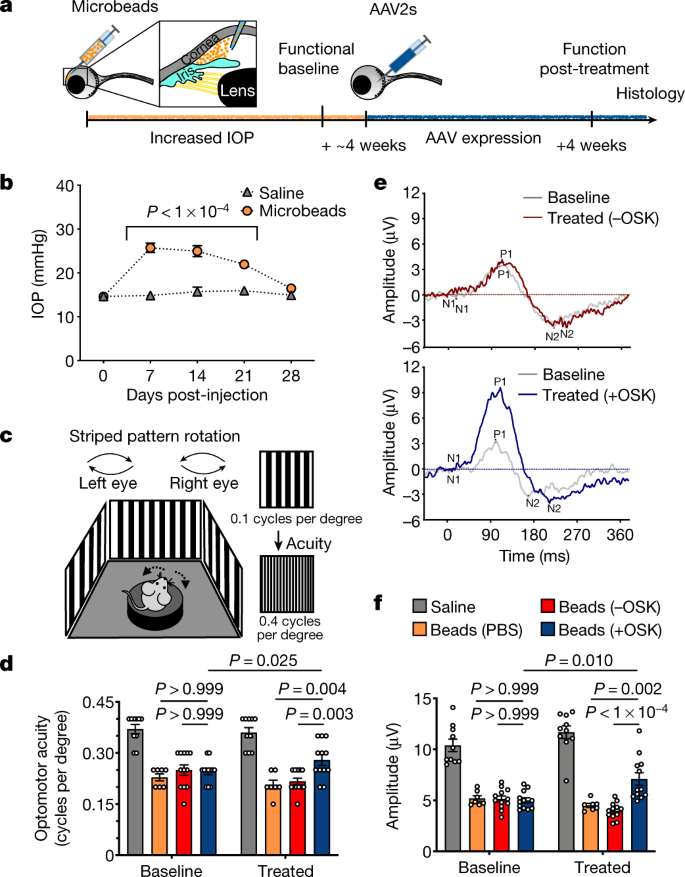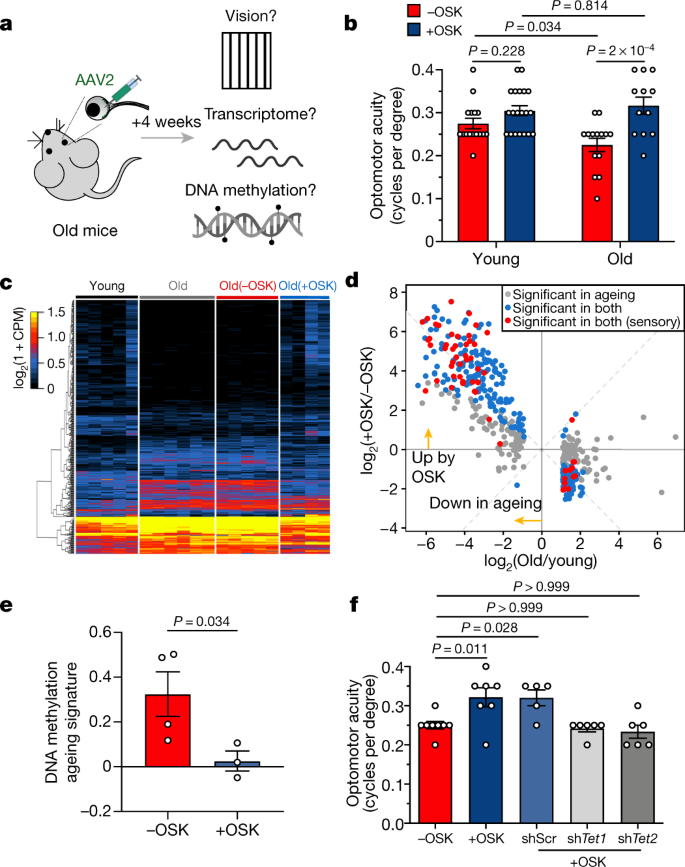NNadir
NNadir's JournalSomeone here recommended the movie "Uncle Frank."
I forwarded the recommendation to my wife who watched it and then made me watch it.
It was a very moving film.
Whoever recommended it, thank you.
Reanimating Queen Elizabeth, Anne Boleyn, Abraham Lincoln and Others Using Photos and AI.
Another of Nature's 10: Uruguay's Gonzalo Moratorio: Coronavirus hunter
From Nature’s 10: ten people who helped shape science in 2020, (Nature, December 14, 2020.)
Excerpt:
They are grateful because Moratorio helped Uruguay dodge the worst consequences of the pandemic. Moratorio, a virologist at the Pasteur Institute and the University of the Republic, both in Montevideo, and his colleagues designed a coronavirus test and a national programme for administering it that has helped to keep COVID-19 cases at bay as outbreaks have swept through Latin America — including Uruguay’s closest neighbours, Argentina and Brazil. Uruguay continues to record one of the world’s lowest death tolls — only 87 people by 10 December.
“We’re some sort of outlier,” he says. “We’re buying time. And all the time we buy will be precious until drugs or vaccines arrive.”
Moratorio was excited to start the year as head of his own laboratory for the first time, having completed a postdoc in Paris in 2018. He was planning to study how viruses mutate and how to make them less harmful. But in the first days of March, he and other Pasteur researchers from across the Americas met online to discuss what to do about the rapidly growing coronavirus outbreak.
Some researchers weren’t terribly worried. Carlos Batthyány, a pharmacologist who leads the Pasteur Institute of Montevideo, told his colleagues that he thought Uruguay would be largely spared by the pandemic. “I wasn’t very convinced of the impact it would have,” he says.
His confidence made sense. Uruguay — a country with universal health care, a robust epidemiological surveillance system and a relatively small population, of 3.5 million — has mostly evaded yellow fever, Zika and other infectious diseases that have plagued its neighbours.
But Moratorio understood the risk. “Gonzalo dashed out of the meeting and got to work,” says Batthyány. “When he’s convinced that something needs to be done, he knocks down mountains. He’s a Don Quixote in that way.”...
Imagine that, a country where people buy a scientist a beer for doing science...
Uruguay sounds like a civilized country, particularly when compared to a prominent North American country where a vast nuclear arsenal is put in the hands of a puerile insane person.
I excerpted another part of this fine article earlier: Chanda Prescod-Weinstein: A force in physics confronting racism in science.
Reversing Aging: Reprogramming to recover youthful epigenetic information and restore vision
The paper I'll discuss in this post is this one: Reprogramming to recover youthful epigenetic information and restore vision (Lu, Y., Brommer, B., Tian, X., Sinclair, D. et al. Nature 588, 124–129 (2020))
Somatic DNA is the DNA which actually exists in living tissues; it need not and mostly is not, be transmitted to progeny. Many diseases, notably many cancers, are derived from somatic cell mutations.
Many people are familiar with the 4 nucleotide bases associated with DNA. During lifetime, these bases can undergo modifications that affect cell function; this paper describes aging as being a function of methylation. (The proteins which surround and wrap DNA, the histones, also have an effect on nucleic acid function. Some years ago I worked on a project to determine acetylation sites in histones to show the mechanism of certain kinds of blood cancers.)
The authors in this paper have replaced aged nucleic acids with unaffected DNA to regenerate sight in nearly blind mice.
The abstract, which is open sourced, has a lot of information.
From the introductory text:
DNA methylation patterns are laid down during embryonic development to establish cell type and function. During ageing, for reasons that are currently unclear, these patterns change in ways that can be used to calculate DNA methylation age—a representation of biological age that can predict future health and lifespan4. In cell culture, the ectopic expression of the four Yamanaka transcription factors OCT4, SOX2, KLF4 and MYC (OSKM) can reprogram cultured somatic cells to become pluripotent stem cells14—a process that erases cellular identity and resets DNA methylation age4,15. In a premature-ageing mouse model of Hutchinson–Gilford progeria syndrome, cyclic transgene-mediated expression of the four genes encoding these transcription factors alleviates symptoms and extends lifespan, raising the possibility that OSKM might also counteract normal ageing16. The continuous expression of all four factors in mice, however, often induces teratomas17,18,19 or is fatal within days16, ostensibly due to tissue dysplasia18.
Ageing is generally considered to be a unidirectional process, akin to an increase in entropy. However, living systems are open, not closed, and in some cases biological age can be fully reset, for example in ‘immortal’ jellyfish and through the cloning of animals by nuclear transfer. Having previously found evidence for epigenetic noise as an underlying cause of ageing3,13, we wondered whether mammalian cells might retain a faithful copy of epigenetic information from earlier in life that could serve as instructions to reverse ageing10...
A virus which is frequently utilized to exchange DNA is the AAV (adeno-associated virus) virus. The viral DNA is stripped out of the virus and the desired DNA is placed into it, and the viral machinery is utilized to inject the "new" DNA into the cell.
Among the 4 Yamanaka transcription factors, MYC, and oncogene, was deleted in the insertion into cells, and thus OSKM becomes OSK, three transcription factors.
Pictures and captions from the text show what's going on:
Fig. 1: AAV2-delivered polycistronic OSK promotes axon regeneration and RGC survival after optic nerve injury.

The caption:
Some more text from the paper:
The authors utilized their mouse model to see if they could reverse this aging process. How they did it is suggested in this figure and its caption:
Fig. 2: DNA demethylation is required for OSK-induced axon regeneration after injury.

The caption:
In order to restore function, the demethylation of DNA is necessary, but not sufficient to restore the function of the axons concerned with vision, as gene knockdown work showed. The OSK transcription factors are also necessary.
Vision can be restored in mice in which glaucoma damage has been induced:
Fig. 3: Four weeks of OSK expression reverses vision loss after glaucomatous damage has already occurred.

The caption:
Fig. 4: Restoration of youthful vision, transcriptome and DNA methylation ageing signature in old mice.

The caption:
The basis experiments were, for information, repeated in cultured human neuronal cells.
Some concluding remarks from the discussion:
...Perhaps the most interesting question raised by these data is how cells encode and store youthful epigenetic information. Possibilities for information storage include covalent DNA modifications, DNA-binding proteins, RNA-guided chromatin modifying factors, and RNA–DNA hybrids that are established early in life. The role of these youth marks would be akin to the ‘observer’ in information theory, which preserves an original backup copy of information in case it is lost or obscured by noise11. We suggest that epigenetic reprogramming, either by gene therapy or other means, could promote tissue repair and the reversal of age-related decline in humans.
Cool, I think.
Have a nice day tomorrow. For those of us in the US Northeast, be safe in the storm. If possible work from home or stay at home.
Chanda Prescod-Weinstein: A force in physics confronting racism in science.
From Nature’s 10: ten people who helped shape science in 2020
But that wasn’t all. In early June, she and other scientists organized the Strike for Black Lives, a high-profile online campaign to demand that institutions confront racism in science and anti-Black racism throughout society. The idea grew out of an online chat she was having with Brian Nord, a physicist at the Fermi National Accelerator Laboratory in Batavia, Illinois. At about the same time, Brittany Kamai, a physicist at the University of California, Santa Cruz, e-mailed Prescod-Weinstein to tell her about her own plan to call for a shutdown as a way to push for change. The volunteer effort grew, and the two teams coordinated to get the word out.
“I was really tired of business as usual continuing in the physics community,” says Prescod-Weinstein.
The scale of the response was unprecedented, says Raychelle Burks, an analytical chemist at American University in Washington DC who often uses her professional Twitter profile to champion inclusion in science. “It is something I NEVER thought I would see in my lifetime,” she wrote in an e-mail to Nature. It was a moment of reorientation for many white scientists, says Nord. “I saw several colleagues transition to a point where they saw racial justice in STEM as part of their responsibility.”
The movement achieved such attention in part because of the accomplished scientists who signed on, and Prescod-Weinstein is no exception...
This needs no comment from me.
Somebody like you.
...Loser stewing in his hatred for the entire world...
Excerpt:
...Now that the dictator was a clear failure and blocked off his ways back or out, the mask of the imperator he had assumed in his years of triumph slipped and his face once more the features of the crude beer-hall rabble rouser of the 1920s that "loser stewing in his hatred of the entire world."
More Godwin, this excerpt with obvious parallels, is from the second volume of Volker Ullrich's biography of Hitler, Hitler DownFall, 1939-1945, translated by Jefferson Chase, Chapter 15, page 519, Alfred A. Knopf (2020)
I'm finishing this biography, the perfect book to read at the end of the Trump administration.
Hitler of course, objects to being compared to Trump.
Getting nearly too old for chopping wood.
Although I know wood burning fires are not good for the environment, or for one's lungs, I rationalize mine by saying that the carbon in them would end up in the atmosphere if the wood on my property rotted, and the fire saves on the consumption of dangerous natural gas.
A huge Ash tree on the edge of my property died last year, probably from heat, and the power company came by and asked if they could cut it down for free, and leave the wood behind. I said of course.
In 25 years in my house, I have never had to buy fire wood, even though there were some years that I burned a lot of fires in the fire place.
I found that as a young guy in my 30s and 40s, I rather enjoyed splitting wood with an axe. It was great exercise, cleaner than gas powered splitters, and was a great way to work off some aggressive thoughts when things were bothering me.
I probably already had enough wood cut and split to last a few years, but just to get these rather large logs, 50 or 60 cm in diameter, out of the way, I went out with the electric chain saw to down size the length of these logs to make them suitable to split with an axe, figuring we're having a Nor'Easter this week and might lose power, and I could take the wood directly inside.
I used to be able to do two hours or more of wood splitting, splitting enough wood in a single sitting for maybe 5 or 6 night long fires.
Today, 30 minutes in I was gasping for air.
I split enough probably for the Nor'Easter, if we lose power for an evening, but man...
I remind myself that the alternative to growing old was dying young, so that complaining about growing old is silly, but man...but man...
Two historically and morally appalling first sentences in a scientific paper.
This evening, as the weekend dies down, I came across this paper in one of my favorite scientific journals:
Production of Cyanide Using Thermal Plasma: Thermodynamic Analysis and Process-Specific Energy Consumption (Luke Henderson, Pradeep Shukla, Victor Rudolph, and Geoff Duckworth Industrial & Engineering Chemistry Research 2020 59 (49), 21347-21358)
The text of the full paper begins with these two sentances.
In 1940, Nazi Germany had just conquered Poland, and was beginning to develop the technology for the industrial murder of the Jews, the Holocaust, ultimately settling on a product called "Zyklon B," hydrogen cyanide.
Now, it is true that Chemische Werke Hüls, was charged with making synthetic rubber, not cyanide - US bombers converted their synthetic rubber plant to dust in 1943 - but still...
One hopes the authors wrote these dreadfully juxtaposed sentences obliviously; one would not want to consider it deliberate. Still...still...
For the record, Zyklon B was manufactured by a company known as Degesch managed by Degussa, a business unit of IG Farben, a company founded, as its name implies, originally to make pretty dyes for the textile industry.
Still...still...
It is an unfortunate choice of words, and strikes me as offensive. Some scientific papers disturb me, for instance the plethora of them about distributing lead based perovskites to be put on people's roofs to make them "green," but I seldom find papers offensive.
I would not appeal to Nazi Germany to give historical perspective on the production of cyanide.
Hitler finds out Trump won't concede.
I love these.
(I bought the original Downfall when it came out, by the way, it's a pretty good movie).
Profile Information
Gender: MaleCurrent location: New Jersey
Member since: 2002
Number of posts: 33,516